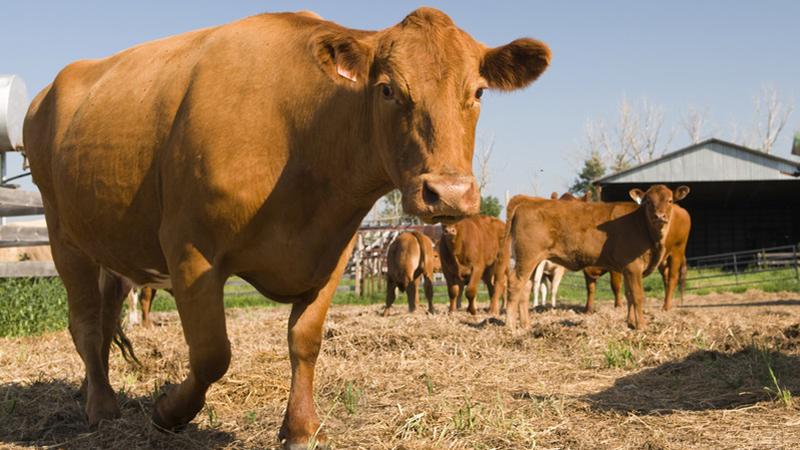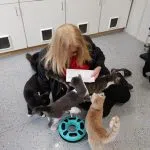
Sensor technologies for breeding and calving management
For the last two years Dinesh Dadarwal been testing sensor technologies for breeding and calving management at the Western College of Veterinary Medicine.
The idea is to put a collar around a bull’s neck to help detect when a cow or heifer is in heat.
Dadarwal said it is one way to address the labour shortage in Western Canada in the cattle industry.
“What we are trying to do is identify different sorts of equipment that are neck collars and trying to see whether we can implement them at breeding time,” Dadarwal said. “We put them around the neck of the bull and see if that can detect heat in beef cattle.”


